Mind-Body Weight Loss: Essential Somatic Exercises You Need to Know
Introduction
In the ever-evolving world of fitness and weight loss, somatic exercises have emerged as a powerful yet gentle approach to achieving your fitness goals. Unlike traditional high-intensity workouts, somatic exercises focus on the mind-body connection, helping you lose weight while improving body awareness and overall well-being.
What Are Somatic Exercises?
Somatic exercises are gentle, mindful movements that work by reconnecting your brain with your muscles and nervous system. Developed by Thomas Hanna in the 1970s, these exercises help release chronic muscle tension, improve posture, and enhance body awareness – all of which contribute to effective weight loss.
The Science Behind Somatic Exercises and Weight Loss
Neural Reset
When we perform somatic exercises, we essentially “reset” the neural pathways between our brain and muscles. This reset helps:
- Release chronically tight muscles
- Improve movement efficiency
- Enhance metabolic function
- Reduce stress-related weight gain
Metabolic Enhancement
Somatic exercises can boost your metabolism in several ways:
- Improved muscle function
- Better posture and alignment
- Enhanced nervous system regulation
- Reduced cortisol levels
Key Benefits of Somatic Exercises for Weight Loss
1. Stress Reduction
Chronic stress often leads to weight gain through elevated cortisol levels. Somatic exercises help:
- Lower stress hormones
- Regulate emotional eating
- Improve sleep quality
- Balance metabolism
2. Better Movement Patterns
- Enhanced body awareness
- Improved coordination
- More efficient calorie burning
- Reduced risk of injury
3. Sustainable Weight Loss
- Gentle on joints
- Suitable for all fitness levels
- Long-term results
- Progressive improvement
Essential Somatic Exercises for Weight Loss
1. The Cat Stretch
This fundamental movement helps release back tension and improves core strength.
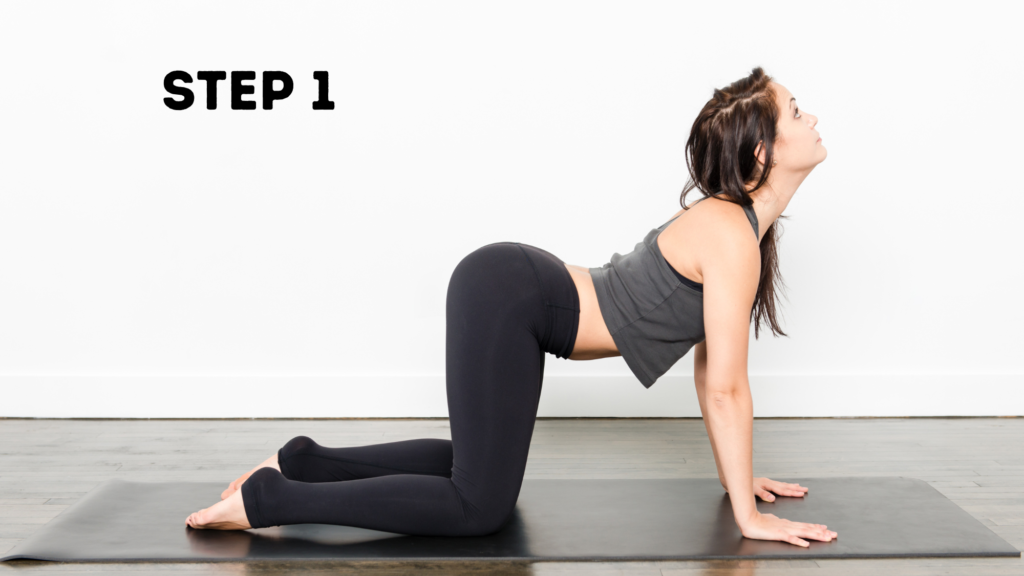
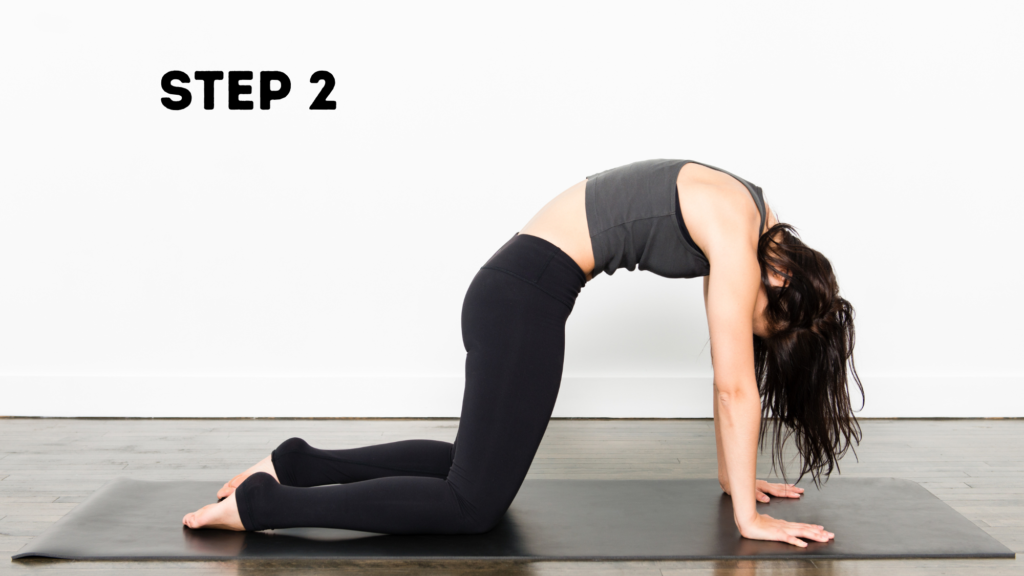
How to perform:
- Start on hands and knees
- Slowly arch and round your back
- Focus on the sensation of each vertebra moving
- Perform 3-5 slow repetitions
2. The Arch and Flatten
This exercise targets core muscles and improves spinal mobility.
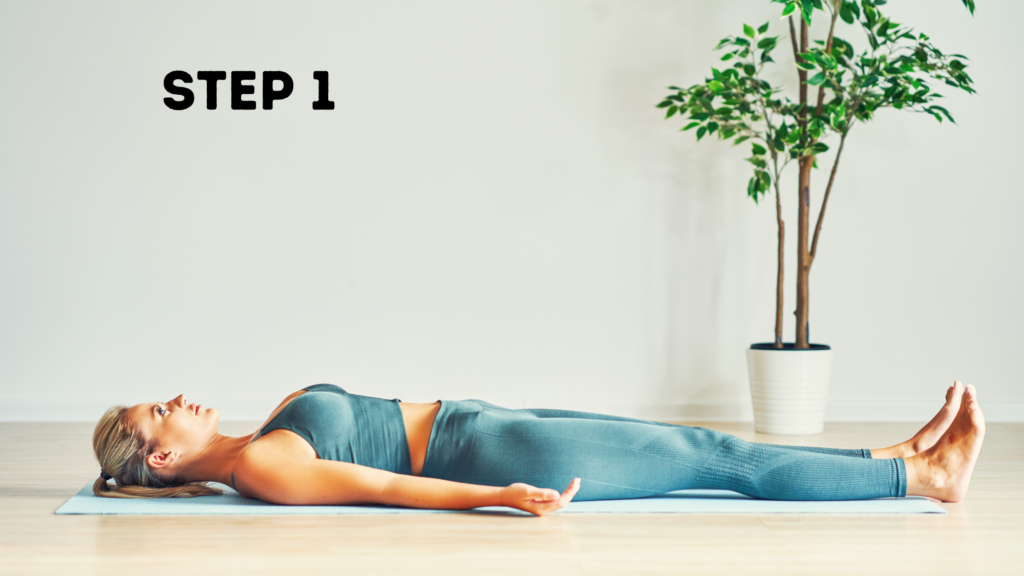
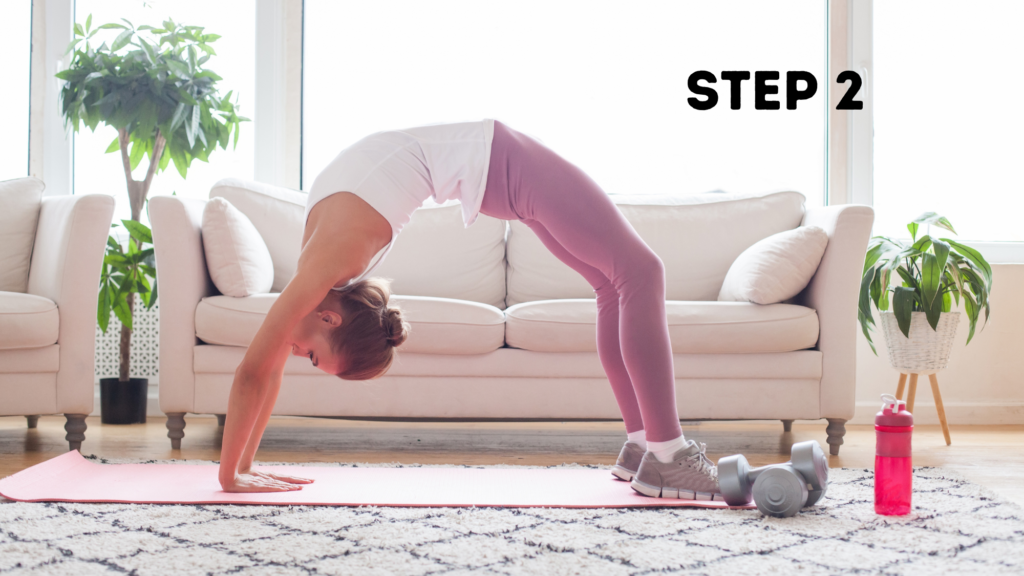
Steps:
- Lie on your back
- Gently arch and flatten your lower back
- Move slowly and consciously
- Repeat 5-7 times
3. The Side Bend
Excellent for waist trimming and lateral flexibility.
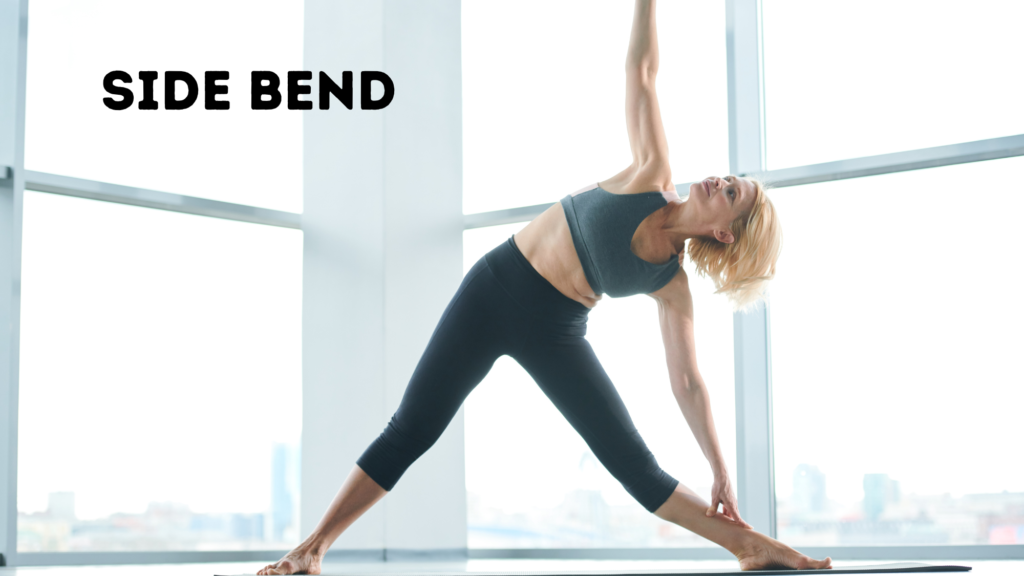
Instructions:
- Stand with feet hip-width apart
- Slowly bend sideways
- Feel the lengthening of your waist muscles
- Perform 4-6 repetitions each side
Creating a Somatic Exercise Routine for Weight Loss
Morning Routine (15-20 minutes)
- Gentle breathing exercises (3 minutes)
- Cat stretches (5 minutes)
- Side bends (5 minutes)
- Standing awareness exercises (5 minutes)
Evening Routine (20-25 minutes)
- Arch and flatten exercises (7 minutes)
- Hip releases (7 minutes)
- Gentle twists (7 minutes)
- Mindful breathing (4 minutes)
Combining Somatic Exercises with Other Weight Loss Strategies
1. Nutrition
- Focus on mindful eating
- Listen to hunger cues
- Choose whole, unprocessed foods
- Stay hydrated
2. Sleep Optimization
- Maintain regular sleep schedule
- Practice bedtime somatic exercises
- Create a relaxing sleep environment
- Aim for 7-8 hours of quality sleep
3. Daily Movement
- Take regular walking breaks
- Practice good posture
- Incorporate gentle stretching
- Stay active throughout the day
Common Mistakes to Avoid
1. Rushing Through Movements
- Take time to feel each movement
- Focus on quality over quantity
- Listen to your body
- Stay present during exercises
2. Inconsistent Practice
- Set a regular schedule
- Start with manageable timeframes
- Track your progress
- Build gradually
3. Expecting Immediate Results
- Be patient with the process
- Focus on overall well-being
- Celebrate small improvements
- Trust the journey
Advanced Somatic Techniques for Enhanced Weight Loss
1. Pandiculation
This advanced technique involves conscious contraction and slow release of muscles.
Benefits:
- Improved muscle tone
- Enhanced body awareness
- Better movement efficiency
- Increased metabolic rate
2. Somatic Flow Sequences
Combining various movements into flowing sequences.
Advantages:
- Increased calorie burn
- Better coordination
- Enhanced mind-body connection
- Improved cardiovascular health
Special Considerations
For Beginners
- Start slowly
- Focus on basic movements
- Listen to your body
- Seek professional guidance if needed
For Seniors
- Modified movements
- Extra attention to balance
- Gentle progression
- Regular rest periods
For Those with Injuries
- Consult healthcare providers
- Modify exercises as needed
- Focus on pain-free movements
- Gradual progression
Measuring Progress
Physical Markers
- Weight changes
- Body measurements
- Posture improvements
- Energy levels
Mental/Emotional Markers
- Stress levels
- Sleep quality
- Body awareness
- Overall well-being
Long-term Success Strategies
1. Consistency
- Regular practice schedule
- Realistic goals
- Progress tracking
- Accountability systems
2. Community Support
- Join somatic exercise groups
- Share experiences
- Learn from others
- Stay motivated
3. Continuous Learning
- Study movement principles
- Explore new techniques
- Attend workshops
- Read relevant literature
Integrating Somatic Exercises into Daily Life
At Work
- Desk stretches
- Posture checks
- Movement breaks
- Breathing exercises
At Home
- Morning routines
- Evening wind-down
- Family participation
- Casual movement practice
The Future of Somatic Exercise and Weight Loss
Emerging Trends
- Digital platforms
- Virtual coaching
- Wearable technology integration
- Personalized programs
Research Developments
- Neuroplasticity studies
- Movement efficiency research
- Stress-weight connection
- Long-term effectiveness
Conclusion
Somatic exercises offer a gentle, sustainable approach to weight loss that goes beyond traditional methods. By focusing on the mind-body connection, these exercises help create lasting changes in both body composition and overall well-being. Remember that successful weight loss is a journey, not a destination, and somatic exercises provide valuable tools for this journey.
Frequently Asked Questions (FAQs)
Q1: How often should I practice somatic exercises for weight loss?
A: For optimal results, aim to practice 15-20 minutes daily, preferably splitting sessions between morning and evening. Consistency is more important than duration.
Q2: Can I combine somatic exercises with other workouts?
A: Yes, somatic exercises complement other forms of exercise well. They can improve your performance in other activities by enhancing body awareness and movement efficiency.
Q3: How long before I see results?
A: While some people notice improved movement and reduced tension within weeks, weight loss results typically become apparent after 6-8 weeks of consistent practice combined with proper nutrition.
Q4: Are somatic exercises safe for everyone?
A: Generally yes, but consult your healthcare provider if you have specific medical conditions or injuries. These exercises are gentle and can be modified for different fitness levels.
Q5: Can I practice somatic exercises during pregnancy?
A: Many somatic exercises are safe during pregnancy, but always consult your healthcare provider first and work with a qualified instructor who understands prenatal modifications.
Q6: Do I need special equipment?
A: No, most somatic exercises require only a comfortable mat or floor space. Some advanced practices might use simple props like small pillows or foam rollers.
Q7: Do somatic exercises help with stress-related weight gain?
A: Yes, these exercises are particularly effective for addressing stress-related weight gain by reducing cortisol levels and improving nervous system regulation.
Q8: How do somatic exercises differ from yoga?
A: While both practices focus on mind-body connection, somatic exercises emphasize internal awareness and neural repatterning, while yoga typically includes spiritual elements and more structured poses.
Q9: Can I practice somatic exercises if I’m overweight?
A: Yes, these exercises are ideal for all body types as they can be modified to suit individual needs and capabilities.
Q10: Will somatic exercises help with muscle tension?
A: Yes, releasing muscle tension is one of the primary benefits of somatic exercises, which can contribute to improved metabolism and weight loss.
This comprehensive guide provides a thorough understanding of how somatic exercises can contribute to your weight loss journey while improving overall health and well-being. Remember to approach these exercises with patience and consistency for the best results.




